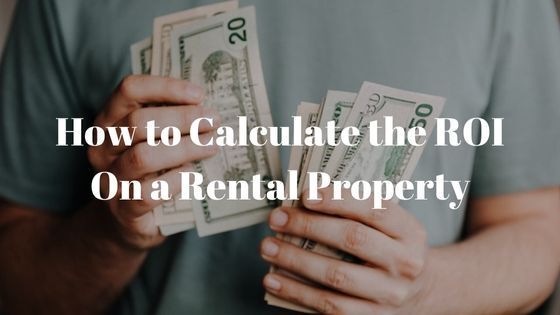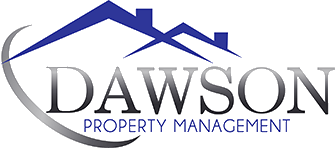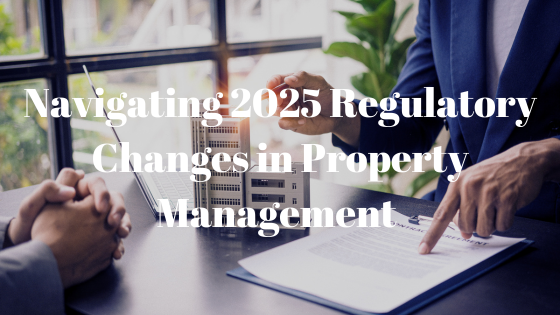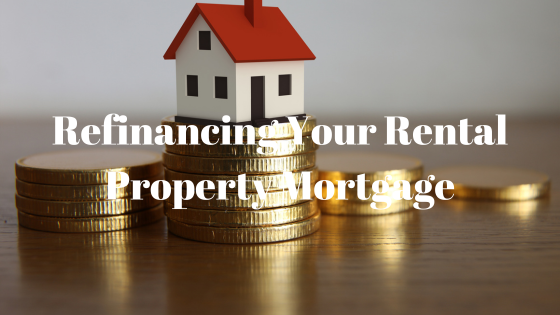How to Calculate the ROI On a Rental Property

Based on your goals and priorities for a property, it is essential that you define what ROI percentage is acceptable for you and should be able to compare which ROI calculation best applies to your situation.
Defining ROI
ROI or Return on Investment is the
money you make on your rental property over time, expressed as a percentage of the cost of your property or investment.
Let’s have a quick example. If you bought your rental property for $300,000 and determined that your ROI on a rental is 5%, it would mean that you take home $15,000.
Whether $15,000 is reasonable or not,
knowing your ROI paints a picture of what your investment property is going to look like in the long run. While it is a good tool to use in navigating your investment road map, calculating the ROI doesn’t have a one size fits all formula.
You have to work around the numbers, excluding and including different variables to see the different results.
Calculating the Rate of Return on a Rental Property
It’s important that you are comfortable in computing the ROI to best analyze the rental property’s performance over time.
There are three ways to calculate the ROI of your rental properties: basic ROI calculation, cash-on-cash return, and capitalization rate (or cap rate).

The amount of cash and the method used in paying for the rental properties will play a significant role in which method you should use in effectively getting your returns.
Let’s look into the three methods in detail:
1. Basic ROI Calculation
This is the simplest way to calculate the profitability ratio between the cost of your investment or rental property and net rental income. The formula is as follows:
ROI = (Rental Income from Rental Property – Cost of Investment) / Cost of Investment
If your total profit is $240,000 for a $200,000 investment property, follow the basic ROI computation.
ROI = ($240,000 - $200,000) /$200,000
ROI = 0.2 or 20%
This formula doesn’t factor in a lot of variables and therefore provides a generic, straightforward result.
2. Cash-On-Cash Return
Cash-on-cash return or CoC is common when you relied on a loan or mortgage payments to purchase the rental property or investment.
You will find the formula of CoC below:
CoC = (Annual Cash Flow/Total Cash Invested) x 100
If you decided that the $200,000 farmhouse is a worthy investment or rental property and gave $60,000 for the deposit, spent a total of $4,200 for closing fees and renovated it for $10,000 you can use the CoC formula and determine how much your ROI is.

Total cash spent out of pocket is $74,200 ($60,000 + $4,200 + $10,000).
Remember to factor in the monthly interest rate you need to pay for the loan you took. In this example, we’ll say that the interest is $1,000 and monthly rental rate is $2,400. This brings your annual cash flow to $16,800 and a good monthly cash flow.
Let’s find out how much ROI or cash flow you get using the cash-on-cash formula.
CoC = ($16,800 / $74,200) x 100
CoC = 11.21%
The formula focuses on the actual amount of funds you’ve invested and excludes what you owe the bank or other financial institutions. This way in investing, you can get a good picture of how your investment or real estate is performing based on the funds you took out of pocket.
3. Capitalization Rate
Cap rate is used to evaluate how long it would take you to recover the money you initially invested and is commonly applied when you have
commercial properties.
It is best used when you have multiple rental property investments to choose from and don’t know which one is the reasonable choice.
Let’s take a look at the formula of cap rate for a property.
Cap Rate = Net Operating Income/Property's Purchase Price × 100
To determine the net operating income, subtract operating expenses from your annual rental income.
So, if you bought a rental property for $200,000, spent a total of $4,200 in closing fees and decided to remodel it for $15,000. This brings your total investment to $219,200.

If your tenant pays you $1,500 for the monthly rent it means you get $18,000 annually in rent. Now, let’s say your operating expenses (property management, maintenance, property taxes and insurance) equaled $2000. Your annual return after the rent and all is $16,000.
Using the numbers above, here is cap rate.
Cap Rate = ($16,000 / $219,200) x 100
Cap Rate = 7.30%
Identifying a Good ROI Percentage
So, what is a good ROI percentage, you ask? The answer will vary depending on who you ask. Generally, anything that’s more than 15% is considered a good profitability ratio.
When using the cash-on-cash return formula, a lot of real estate investors settle for at least 20%. But, usually a return rate of 8-12% is already considered acceptable by investors. Setting what profitability rate is comfortable for you will depend on your investment goals.
The 1% Rule
The 1% rule is the quickest method you can use when comparing multiple rental property opportunities. It will help you reduce your investment options and identify the best property to invest in. It’s a general rule of thumb for real estate investors in determining the ideal purchase price
for a rental property.
It states that the monthly rental rate should be at least 1% of the purchase price of the property.
Using the 1% rule, you should charge your tenants a monthly rate of $2000 if you bought the real estate investment or the purchase price was $200,000.
Remember that this is just a guide so you can make decisions quickly or reduce the options when going through a variety of real estate investments opportunities and should not be used as the sole basis of your decision.
Bottom Line
Always consider all factors when identifying your ROI. If you would like the most accurate calculation for your property’s ROI,
hire a property management company! Team up with
Dawson Property Management for solutions to your
Charlotte rental needs. We provide accurate financial reporting, and take care of all aspects of property management. Contact us at (704) 438-9834 today!







